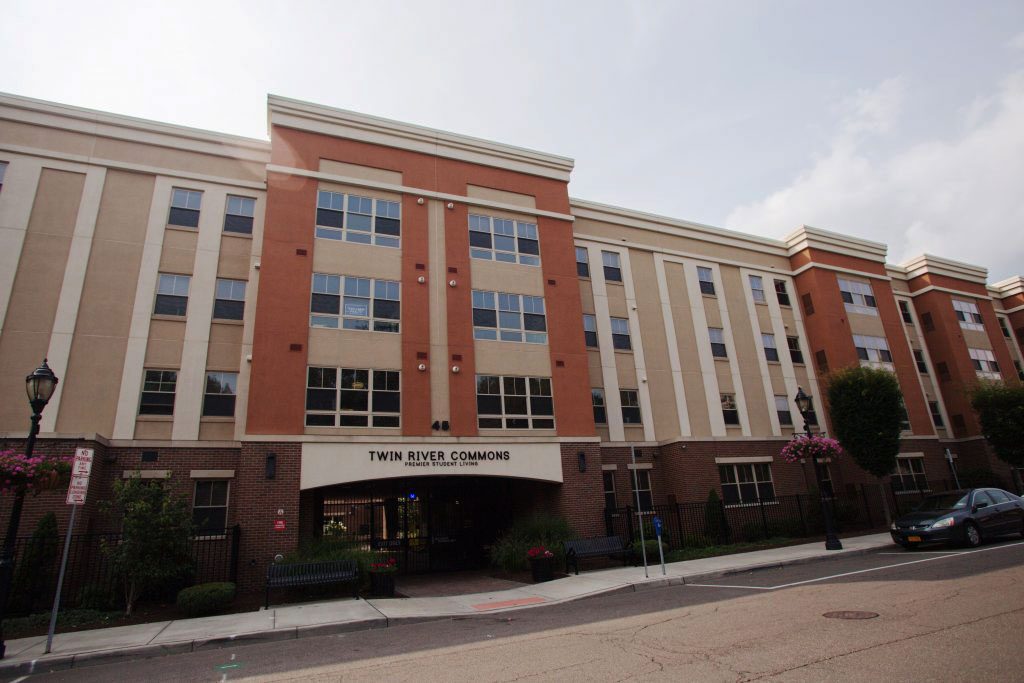
When it comes to off-campus housing for Binghamton University students, supply has already outpaced demand, according to a study of housing in Broome County commissioned last year by The Agency, the county’s economic development organization.
In the last six years, five student housing developments have cropped up in Downtown Binghamton, starting with Twin River Commons in 2012 and ending with The Printing House, which opened its doors in fall 2016. These complexes boast a total of 2,781 beds and on-site amenities like study lounges, game rooms and parking garages.
The report describes the rental market for these apartments as “volatile,” citing the “aggressive promotions” offered by buildings to encourage students to sign leases. The motivation for much of this development was BU’s “20 by 2020” initiative, which aims to increase the total student population to 20,000 by 2020, and likewise increases the demand for student housing. But that level of demand has already been met, the study says.
“Any new beds added to this inventory will exceed demand, and there continues to be the pending issue of whether this existing inventory can be sustained,” the study reads.
The city of Binghamton has supported student housing developments with payment in lieu of taxes, when companies are allowed to pay governments an amount lower than what they otherwise would have been charged in taxes.
According to Kevin McLaughlin, executive director of The Agency, the study was commissioned to assess the current demand for housing in the area and address issues related to the housing stock.
“This housing study is an important piece of the economic development puzzle,” McLaughlin said. “Ensuring that we have an adequate supply of housing in proximity to employment, public transportation and schools is essential to attracting companies and employees to Broome County.”
The lack of suitable housing options in Broome County is one factor in the county’s 7.3 percent population decline since 1990, according to The Agency’s report. The drop in population is projected to continue, decreasing by at least 3,500 by 2040.
While the rental choices for students abound, options for other segments of the population aren’t nearly as varied. In fact, over 90 percent of available market-rate rental housing units in Broome County are occupied, and their rents have seen a steady increase in recent years. Market rate refers to properties that aren’t restricted by affordable housing laws. Demand for these properties is driven by older individuals to whom home ownership doesn’t appeal and young professionals working in the area.
When it comes to demand that’s yet to be met for market-rate rentals, between 250 and 275 units are needed. This unmet need can make it difficult for area employers to attract employees, the study said.
“Representatives of the major employers have commented that many of their incoming management staff or personnel temporarily assigned to the area are having difficulty finding rental units within the price range of $850 – $1,200, and this issue is creating a barrier to their recruitment and retention effort,” the study concludes.
A public presentation of the Broome County Housing Study is scheduled for Wednesday, Feb. 7 at 9 a.m. at The Agency, located at 5 South College Drive in Binghamton.


